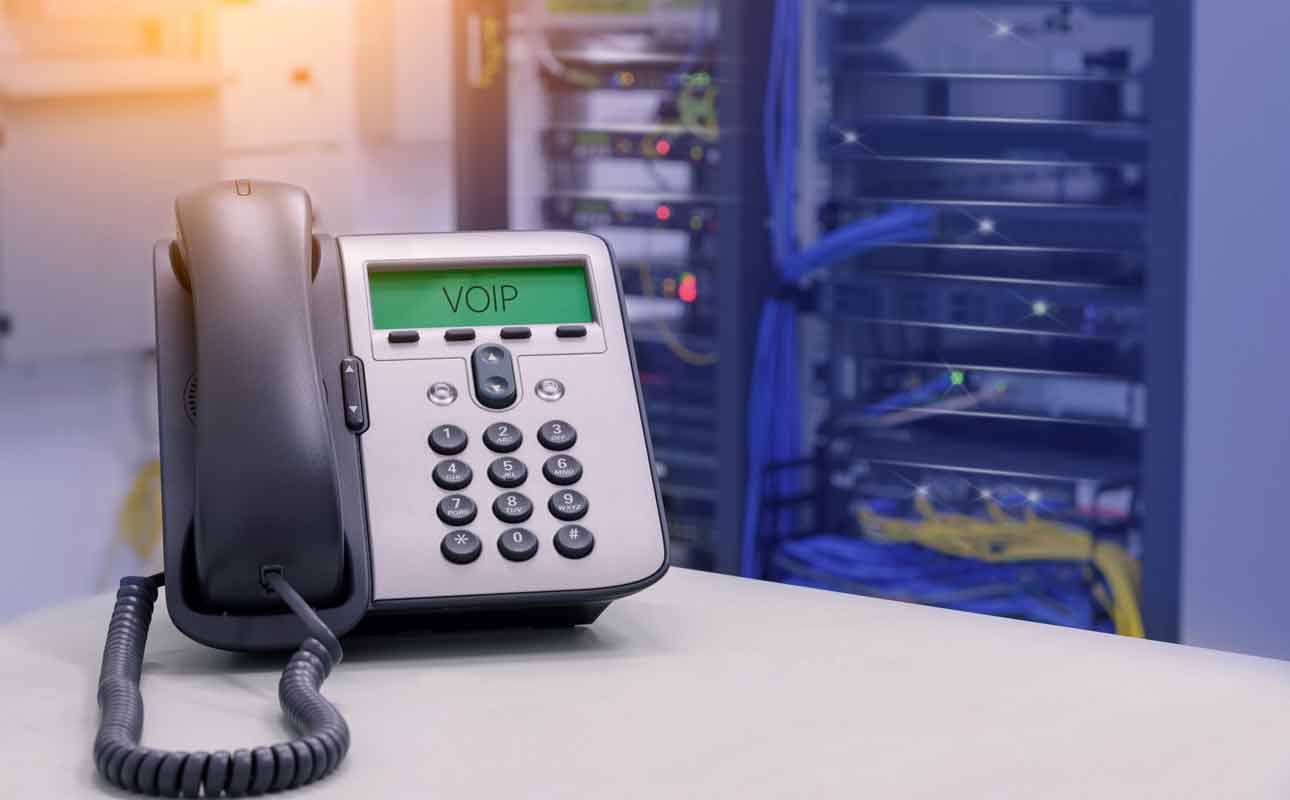VoIP vs. SIP: two terms that seem similar but aren’t

When you’re busy building a business you’ve got a lot of plates to spin, so when you hear industry terms and jargon thrown around it can be easy to get lost. Two terms you may see used in similar contexts are VoIP and SIP. They even look the same! They both have IP in them, they both have something to do with communications, they must be long-standing rivals you need to choose between, right?
Not exactly. They’re more complementary than you think, and in this guide we’ll go over the differences and explain what you need to know before you dive in and make any important purchasing decisions.
Defining VoIP and SIP
Before we go any further, let’s take a small step back and define what these two terms actually mean. First, let’s talk about Voice over Internet Protocol, also known as VoIP, and then get into Session Initiation Protocol, also known as SIP.
Voice over Internet Protocol (VoIP)
Simply, VoIP is digital calling over the internet. If you’ve ever used an app like Skype, WhatsApp, Instagram, FaceTime Audio, Zoom or Ooma to make an audio call, you’ve used VoIP. Instead of using traditional copper wires and legacy analog connections to make a phone call, it does so over the internet.
Now, Voice over IP is just as it sounds: It’s all about voice and voice only. Whether it’s an app or a device, VoIP technologies convert audio signals into data packets and transfer them over digital networks, where it’s converted back into an audio signal for the other person to hear.
VoIP has value in both your personal and professional worlds. You can use it at home as a landline replacement or as the heart of a business phone system. VoIP has several advantages over traditional copper-based landlines, like lower prices, enhanced flexibility and better voice quality.
Session Initiation Protocol (SIP)
The best way to think of SIP is that it’s a support technology. It can help facilitate VoIP communications, but VoIP can function without SIP. How is this possible? It all comes down to protocols. We know, yet another piece of jargon, but we promise it’s not that complicated.
You interact with protocols all the time! When you type in a URL in your browser, you may have seen https://, that’s a protocol. When you set up your email in a smartphone app, you have seen terms like IMAP, POP3 or SMTP, those are protocols, too. They’re just a set of rules that allow technologies to act as infrastructure for data on the internet, kind of like highway signs and stoplights are for car travel.
Specifically, SIP enables communication between two endpoints, hence the “initiation” in Session Initiation Protocol. There are also other protocols VoIP can use, but SIP is one of the more popular ones. SIP also has the benefit of enabling video, messaging and even fax communication.
SIP can really help VoIP scale and do more things, and it can be an essential part of your digital communication experience.
VoIP vs. SIP: a war that doesn’t need to happen
Now that you know that VoIP is a technology that enables internet phone systems and SIP is a technology that helps enable VoIP itself, you may be wondering what that actually means for you. Is there anything you need to look out for before purchasing a new business phone system?
The quick answer is not really. Most VoIP providers use SIP already. And if they don’t, they use a protocol that lets them handle digital communication just as efficiently. For example, here at Ooma we want to take care of all the technical stuff so that you can focus on what actually matters: reliable, affordable and meaningful connections with your clients or customers.
What you should focus on are features. What features does a particular VoIP system have that can help your business? If you have customer service reps and want a way to train them, look into a VoIP system like Ooma Office that offers call recording and analytics. Speaking of features, there’s another term you might see. It’s called SIP trunking, and it adds a little different dimension to this whole VoIP vs. SIP thing.
What is SIP trunking?
There are two types of phone networks, the one you’re likely familiar with is the Public Switched Telephone Network (PTSN), which is what we use when we call, well, anyone. There’s also the Private Branch Exchange (PBX), which is a private network used inside a lot of companies or even when you’re in a hotel (dial 0 for the front desk, etc.).
A SIP trunk essentially connects the two. It allows you to call from a PBX network to the larger PSTN network. If you’ve ever had to dial 9 in a hotel to connect to someone outside of it, that’s what’s going on.
It’s worth noting that SIP trunking is just the internet version of trunking, which has always existed with those old-fashioned copper landlines. Trunking is also a way to share lines between a group of people. For example, a hotel with a single phone line and extensions for each room and service.
VoIP + SIP = better digital communication
And there you have it, everything you need to know about VoIP, SIP and even SIP trunking. If you’re looking for a reliable, affordable VoIP system with more than 50 powerful features, take a look at Ooma Office.
If you’re a larger business who wants to create a digital PBX with SIP trunking, Ooma can do that too with our Ooma Enterprise solution.

Learn more about how Ooma Office can help your business.
Thank you!
An Ooma Office Sales Representative will be in touch shortly.
866-573-0707


Learn more about how Ooma Office can help your business.
Just call 877-621-0515 or click this to CHAT. Or, fill out this form and someone will reach out to you shortly.



